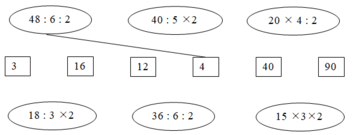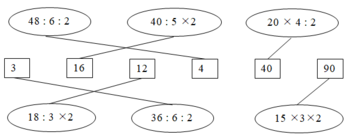Hãy nhập câu hỏi của bạn vào đây, nếu là tài khoản VIP, bạn sẽ được ưu tiên trả lời.


\(A=139\)
\(\Leftrightarrow720:\left(x-6\right)=40\)
\(\Leftrightarrow x-6=18\)
hay x=24

a) C được xác định <=> x khác +- 2
b) Ta có : \(C=\dfrac{x^3}{\left(x-2\right)\left(x+2\right)}-\dfrac{x\left(x+2\right)}{\left(x-2\right)\left(x+2\right)}-\dfrac{2\left(x-2\right)}{\left(x-2\right)\left(x+2\right)}\)
\(=\dfrac{x^3-x^2-2x-2x+4}{\left(x-2\right)\left(x+2\right)}=\dfrac{x^2\left(x-1\right)-4\left(x-1\right)}{\left(x-2\right)\left(x+2\right)}=\dfrac{\left(x-1\right)\left(x-2\right)\left(x+2\right)}{\left(x-2\right)\left(x+2\right)}=x-1\)
Để C = 0 thì x - 1 = 0 <=> x = 1 (tm)
c) Để C nhận giá trị dương thì x - 1 > 0 <=> x > 1
Kết hợp với ĐK => Với x > 1 và x khác 2 thì C nhận giá trị dương

Sửa đề: f(x) = x² - 4x + 3
a) f(0) = 0 - 4.0 + 3 = 3
f(1) = 1 - 4.1 + 3 = 0
f(3) = 9 - 4.3 + 3 = 0
b) x = 1 và x = 3 là nghiệm của đa thức f(x) vì f(1) = 0 và f(3) = 0

a, ĐKXĐ: \(x\ne1;x\ne-1\)
b, Với \(x\ne1;x\ne-1\)
\(B=\left[\dfrac{x+1}{2\left(x-1\right)}+\dfrac{3}{\left(x-1\right)\left(x+1\right)}-\dfrac{x+3}{2\left(x+1\right)}\right]\cdot\dfrac{4\left(x^2-1\right)}{5}\\ =\left[\dfrac{x^2+2x+1+6-x^2-2x+3}{2\left(x-1\right)\left(x+1\right)}\right]\cdot\dfrac{4\left(x^2-1\right)}{5}\\ =\dfrac{5}{x^2-1}\cdot\dfrac{4\left(x^2-1\right)}{5}\\ =4\)
=> ĐPCM

\(\dfrac{3x^2-1}{x^2+2}=\dfrac{6x^2-2}{2\left(x^2+2\right)}=\dfrac{7x^2-\left(x^2+2\right)}{2\left(x^2+2\right)}=\dfrac{7x^2}{2\left(x^2+2\right)}-\dfrac{1}{2}\ge=-\dfrac{1}{2}\)
GTNN của biểu thức là \(-\dfrac{1}{2}\), xảy ra khi \(x=0\)
Biểu thức ko tồn tại GTLN

Với x>0thif D=x+x=2x>0 (1)
Với \(x\le0\) thì D=x-x=0 (2)
Từ (1) và(2) =>:GTNN của D bằng 0 khi và chỉ khi \(x\le0\)
mk nhé bạn ^...^ ^_^



25,272:3,6=7,02
TL
= 7, 02
Khi nào rảnh vào kênh H-EDITOR xem vid nha!!! Thanks!